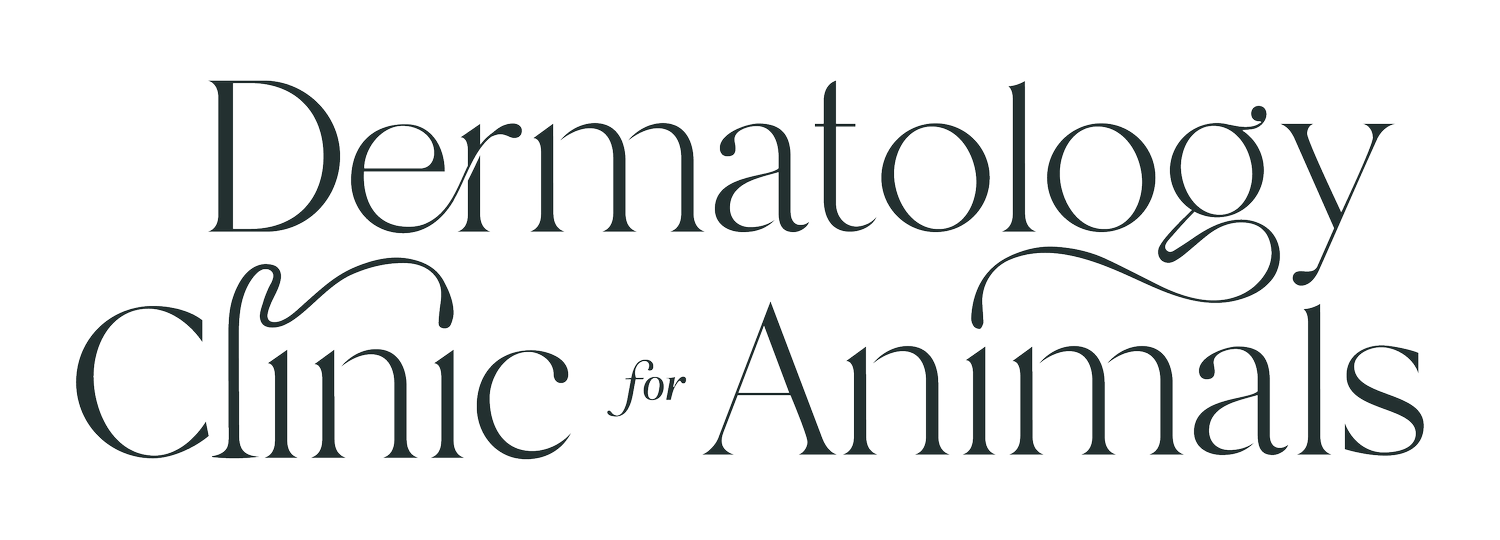Color Dilution Alopecia
Also Known As: A Color Mutant Alopecia
-
This is a genetic defect affecting the way pigment is distributed in the hairs of affected dogs. Dogs with unusual haircoat coloration such as blue or fawn are affected. Abnormal pigment (melanin) clumping in the hairshafts and subsequent changes in light refraction are responsible for the unusual coloration, and in severely affected animals, excessive pigment clumping causes breakage of the hairshafts and abnormal or stunted hair growth.
-
Dogs with blue or fawn haircoats. Doberman pinschers are often most severely affected, but it can occur in any breed. Color dilution alopecia does not occur in all dogs with blue or fawn coats, and the frequency varies within affected breeds.
-
Hair breakage and hair loss in color dilute areas usually begin in late puppyhood or young adulthood and may progress to total hair loss over several years. The underlying skin is normal, but the hair follicles often become occluded with skin cells and fragments of broken hairs, leading to secondary bacterial skin infection/folliculitis. There is usually no itching unless a secondary skin infection occurs, and there are no systemic signs of illness.
-
It is necessary to rule out other causes of hair loss such as hormonal disorders or skin infections. Consideration of dog breed and coloration, demonstration of hair loss only in color dilute areas, and visualization of pigment clumping and hairshaft abnormalities when the hair is viewed under the microscope (trichogram) are all supportive of color dilution alopecia. Skin biopsy shows abnormal hairshafts and distorted hair follicles full of keratin and melanin.
-
There is no cure for color dilution alopecia. Treatment is aimed at controlling secondary skin infections and avoidance of harsh grooming products and abrasive brushes which can worsen hair breakage. Mild shampoos containing sulfur and salicylic acid may be helpful in reducing follicular plugging. In some dogs, supplementation with oral melatonin or retinoids can be helpful to stimulate partial hair growth.
-
Although the prognosis for normal hairgrowth is poor, this is only a cosmetic disorder which does not interfere with an affected pet’s quality of life.
-
Since this is a genetic disorder, prevention involves avoidance of breeding affected or carrier dogs.
